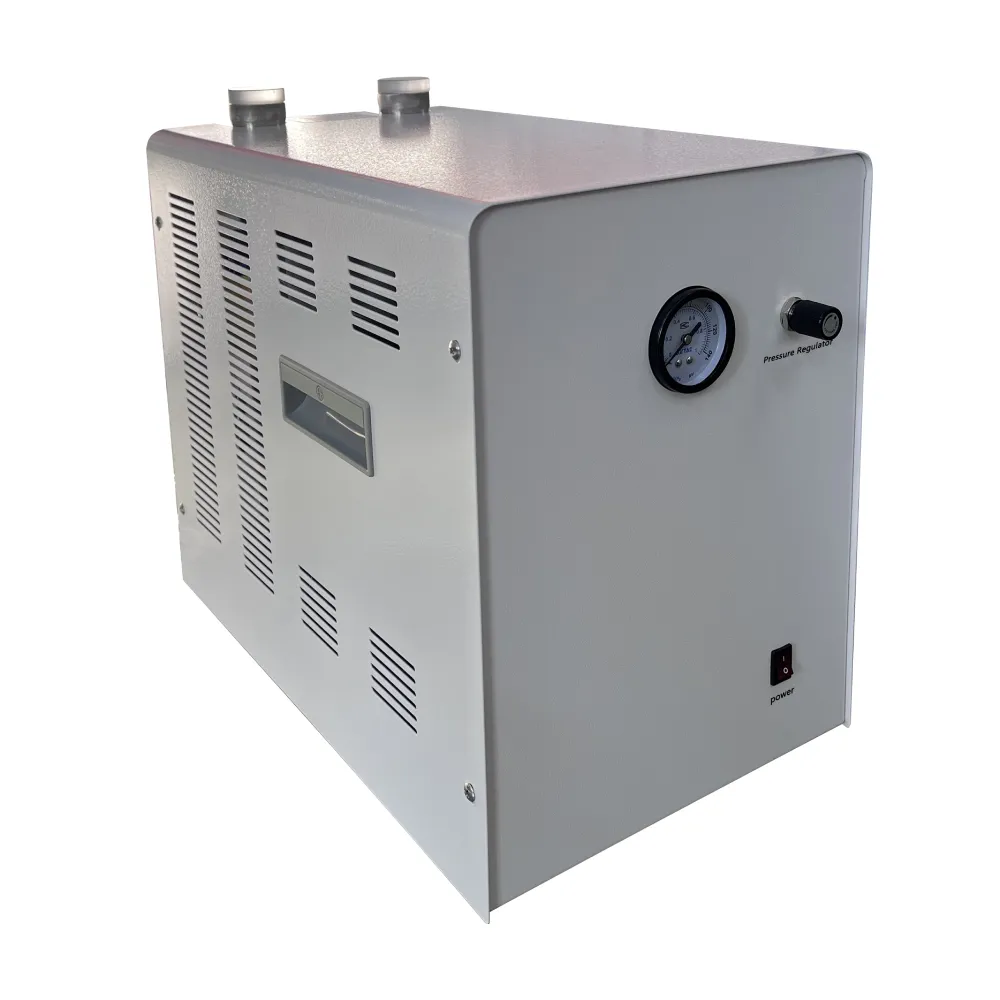 English
English



-
 Afrikaans
Afrikaans -
 Albanian
Albanian -
 Amharic
Amharic -
 Arabic
Arabic -
 Armenian
Armenian -
 Azerbaijani
Azerbaijani -
 Basque
Basque -
 Belarusian
Belarusian -
 Bengali
Bengali -
 Bosnian
Bosnian -
 Bulgarian
Bulgarian -
 Catalan
Catalan -
 Cebuano
Cebuano -
 China
China -
 China (Taiwan)
China (Taiwan) -
 Corsican
Corsican -
 Croatian
Croatian -
 Czech
Czech -
 Danish
Danish -
 Dutch
Dutch -
 English
English -
 Esperanto
Esperanto -
 Estonian
Estonian -
 Finnish
Finnish -
 French
French -
 Frisian
Frisian -
 Galician
Galician -
 Georgian
Georgian -
 German
German -
 Greek
Greek -
 Gujarati
Gujarati -
 Haitian Creole
Haitian Creole -
 hausa
hausa -
 hawaiian
hawaiian -
 Hebrew
Hebrew -
 Hindi
Hindi -
 Miao
Miao -
 Hungarian
Hungarian -
 Icelandic
Icelandic -
 igbo
igbo -
 Indonesian
Indonesian -
 irish
irish -
 Italian
Italian -
 Japanese
Japanese -
 Javanese
Javanese -
 Kannada
Kannada -
 kazakh
kazakh -
 Khmer
Khmer -
 Rwandese
Rwandese -
 Korean
Korean -
 Kurdish
Kurdish -
 Kyrgyz
Kyrgyz -
 Lao
Lao -
 Latin
Latin -
 Latvian
Latvian -
 Lithuanian
Lithuanian -
 Luxembourgish
Luxembourgish -
 Macedonian
Macedonian -
 Malgashi
Malgashi -
 Malay
Malay -
 Malayalam
Malayalam -
 Maltese
Maltese -
 Maori
Maori -
 Marathi
Marathi -
 Mongolian
Mongolian -
 Myanmar
Myanmar -
 Nepali
Nepali -
 Norwegian
Norwegian -
 Norwegian
Norwegian -
 Occitan
Occitan -
 Pashto
Pashto -
 Persian
Persian -
 Polish
Polish -
 Portuguese
Portuguese -
 Punjabi
Punjabi -
 Romanian
Romanian -
 Russian
Russian -
 Samoan
Samoan -
 Scottish Gaelic
Scottish Gaelic -
 Serbian
Serbian -
 Sesotho
Sesotho -
 Shona
Shona -
 Sindhi
Sindhi -
 Sinhala
Sinhala -
 Slovak
Slovak -
 Slovenian
Slovenian -
 Somali
Somali -
 Spanish
Spanish -
 Sundanese
Sundanese -
 Swahili
Swahili -
 Swedish
Swedish -
 Tagalog
Tagalog -
 Tajik
Tajik -
 Tamil
Tamil -
 Tatar
Tatar -
 Telugu
Telugu -
 Thai
Thai -
 Turkish
Turkish -
 Turkmen
Turkmen -
 Ukrainian
Ukrainian -
 Urdu
Urdu -
 Uighur
Uighur -
 Uzbek
Uzbek -
 Vietnamese
Vietnamese -
 Welsh
Welsh -
 Bantu
Bantu -
 Yiddish
Yiddish -
 Yoruba
Yoruba -
 Zulu
Zulu
detector for gas chromatography
Understanding Detectors for Gas Chromatography
Gas chromatography (GC) is a powerful analytical technique widely used in chemistry for separating and analyzing compounds that can be vaporized without decomposition. The effectiveness of GC lies not only in the column and the carrier gas but also significantly in the detectors employed. Detectors play a crucial role in identifying and quantifying the components that elute from the column.
Understanding Detectors for Gas Chromatography
Another widely used detector is the Thermal Conductivity Detector (TCD). TCD measures the change in thermal conductivity of the gas stream as different compounds elute from the column. This detector is universally applicable to both organic and inorganic substances, although it generally has lower sensitivity than the FID. Its robustness and ability to detect a wide range of gases make it a favorable choice for many applications.
detector for gas chromatography

For those who require more selective detection, the Electron Capture Detector (ECD) is an excellent option. ECD is highly sensitive to electronegative compounds such as halogens, making it particularly useful in environmental analysis and pesticide residue detection. The ECD operates by ionizing the carrier gas and measuring the decrease in current when the target compounds are present.
Mass Spectrometry (MS) coupled with gas chromatography (GC-MS) has gained popularity in recent years due to its unparalleled sensitivity and resolution. MS allows for the identification of compounds based on their mass-to-charge ratio, providing both qualitative and quantitative analyses. This combination is invaluable in complex sample analysis, such as in forensic science and metabolomics.
Choosing the right detector depends on the nature of the samples to be analyzed, the required sensitivity, and the specific application. Each detector has its strengths and weaknesses, and understanding these can significantly enhance the efficacy of gas chromatography in various scientific fields. As technology advances, new detectors continue to emerge, further expediting the analytical capabilities of gas chromatography and broadening its applicability in research and industry.
-
Using Distillation Range Testers in the Food and Beverage IndustryNewsApr.16,2025
-
The Impact of IoT on Distillation Range Tester PerformanceNewsApr.16,2025
-
The Best Distillation Range Testers for Extreme ConditionsNewsApr.16,2025
-
How Distillation Range Testers Save Time and MoneyNewsApr.16,2025
-
Distillation Devices for Advanced Separation TechniquesNewsApr.16,2025
-
Common Mistakes to Avoid When Using a Distillation Range TesterNewsApr.16,2025



